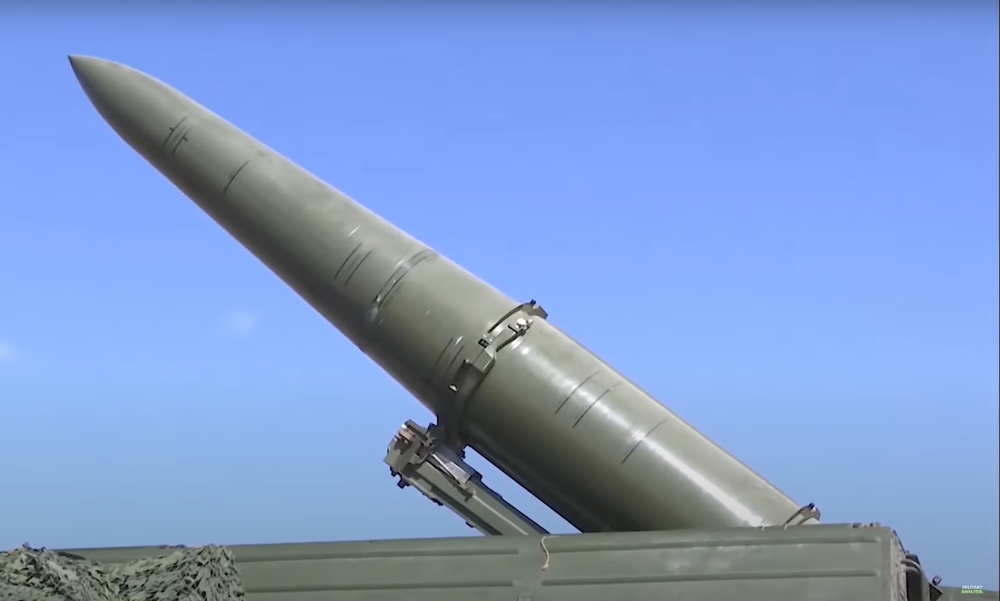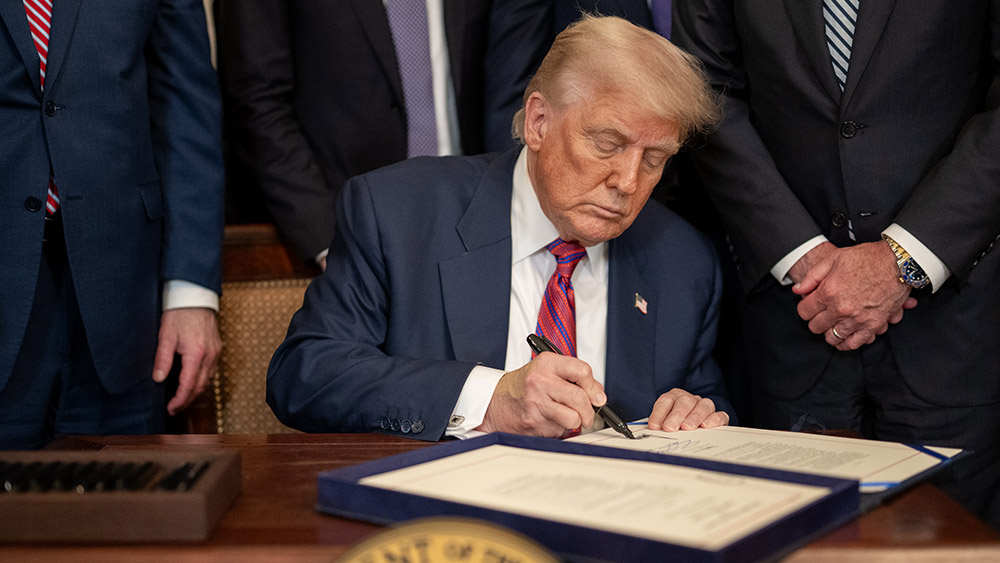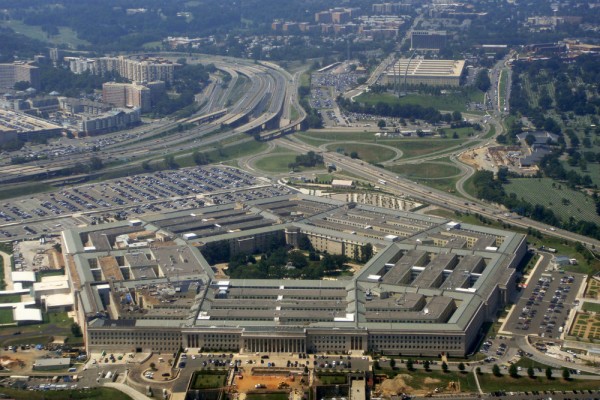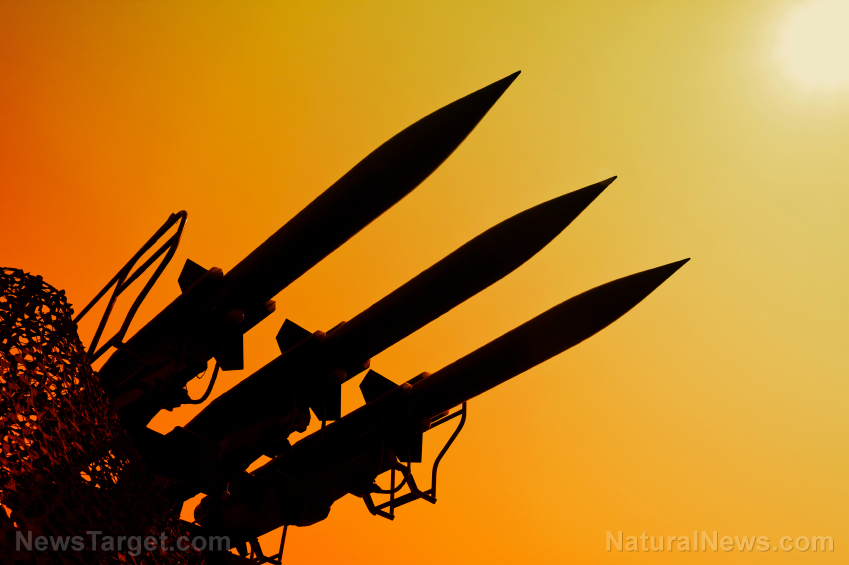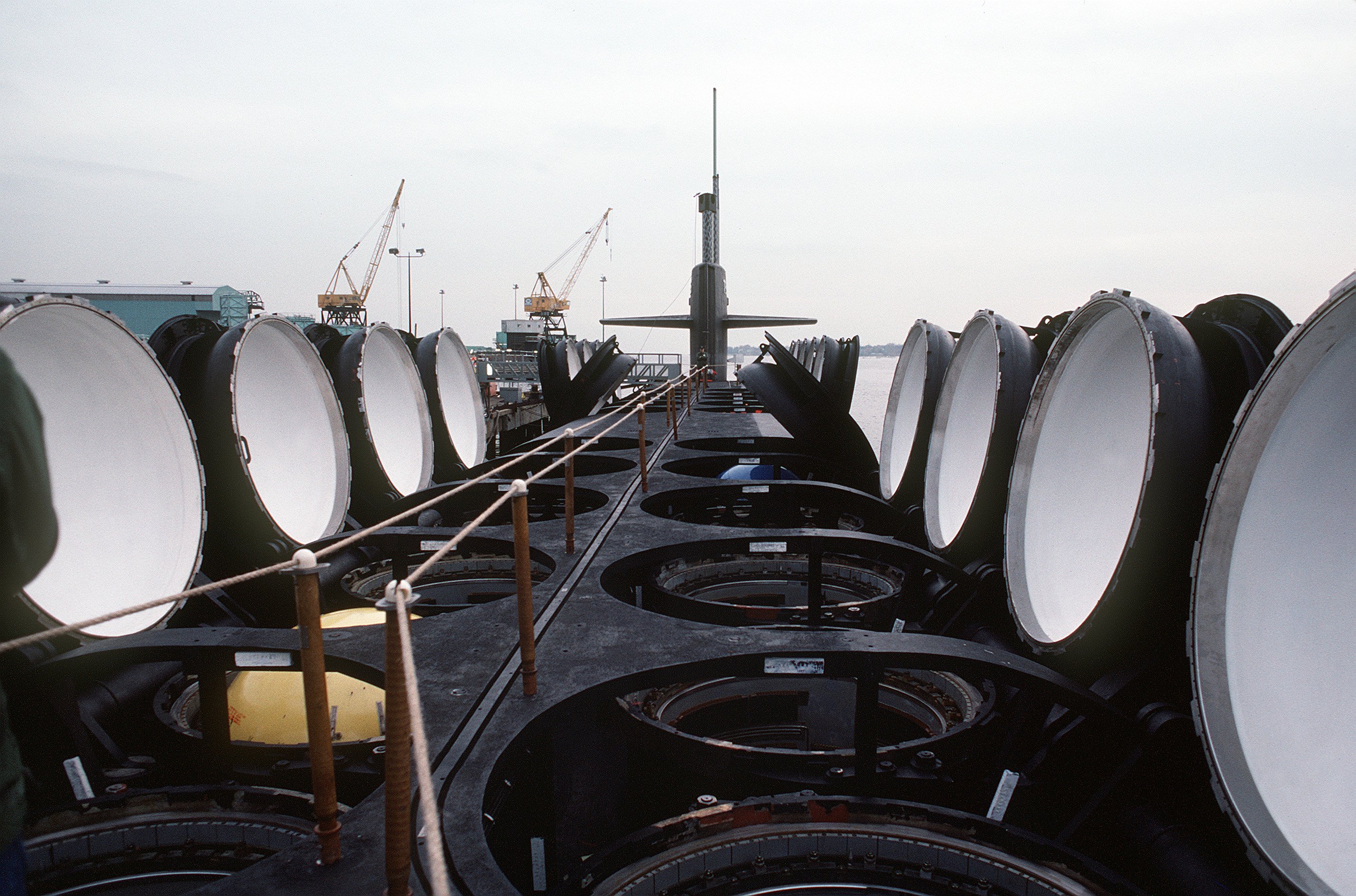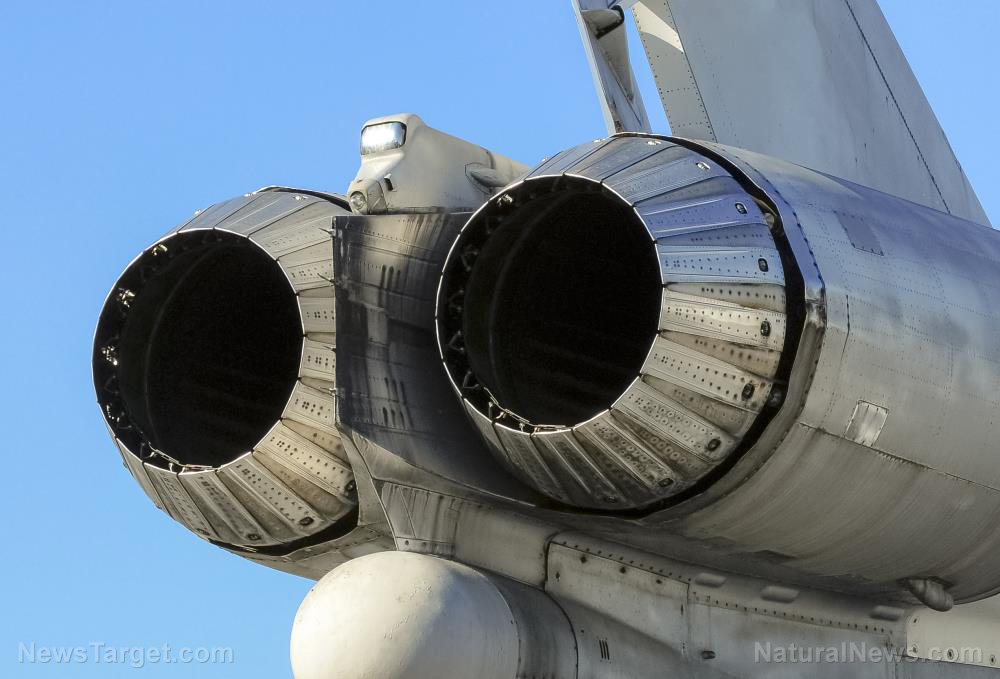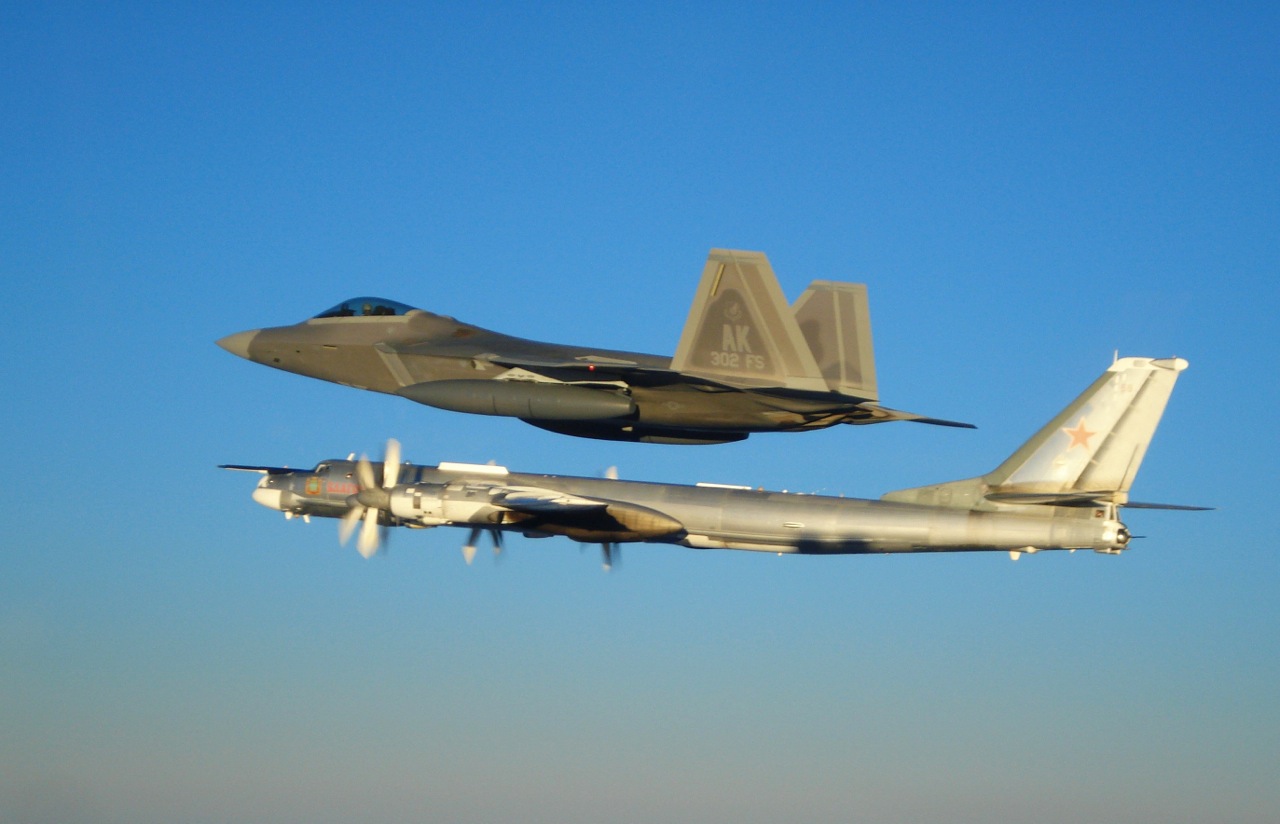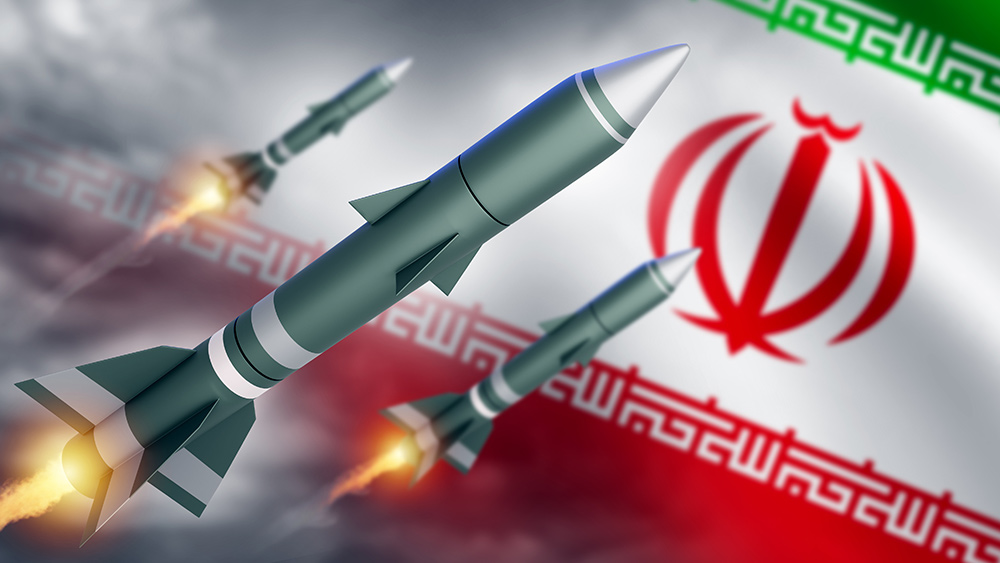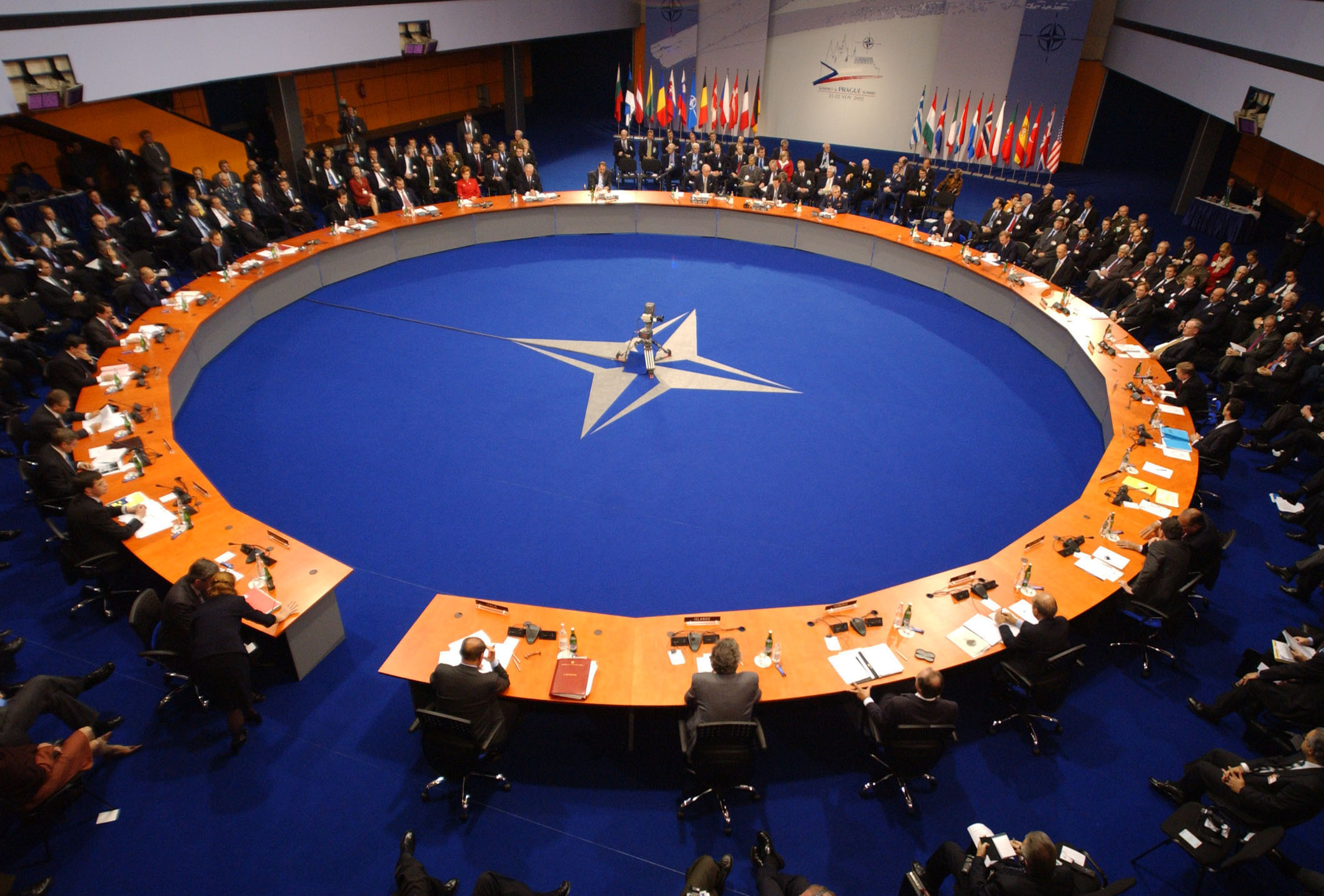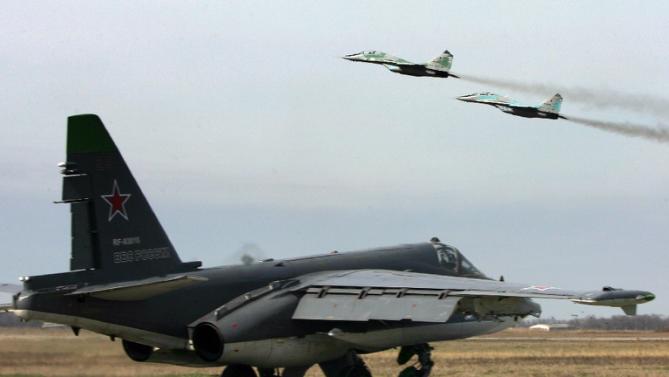Taiwan seeks advanced Patriot missiles amid rising military threats from Beijing
10/09/2025 / By Kevin Hughes
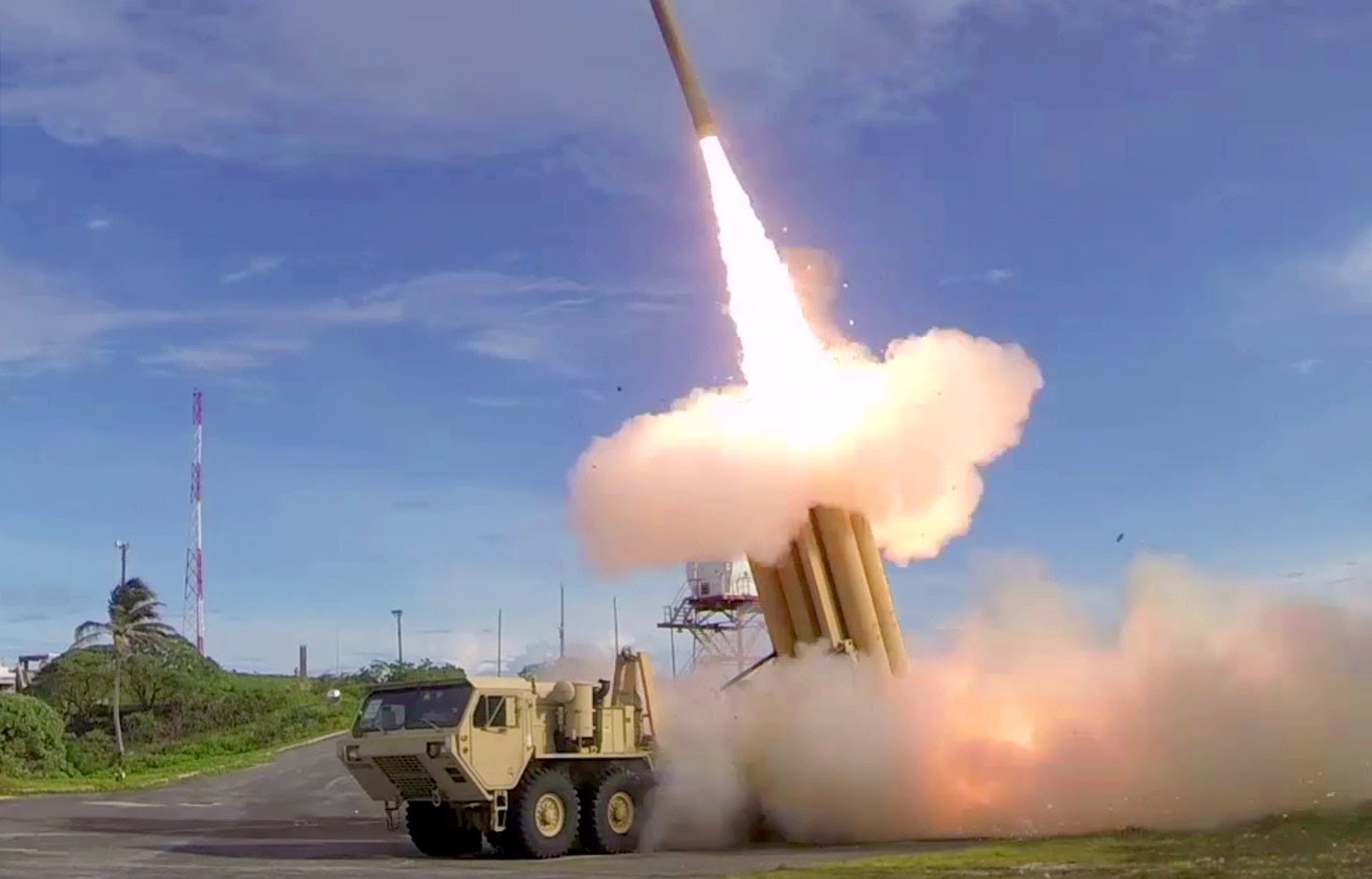
- Taiwan is pursuing additional advanced Patriot missile systems (up to 500 interceptors) from the U.S. to counter China’s escalating military threats, including expanded missile bases and ballistic deployments near Taiwan.
- The PAC-3 MSE interceptors, with double the range of earlier versions (45-60 km), are designed to counter ballistic and cruise missiles. Deliveries are ahead of schedule, with the first batch expected by late 2025.
- Beijing has conducted live-fire drills near Taiwan and issued ominous warnings, while the Pentagon warns China could cripple Taiwan’s infrastructure in a conflict.
- The U.S. remains Taiwan’s top arms supplier under the Taiwan Relations Act, but China fiercely opposes these sales. Taiwan also seeks Aegis destroyers and F-35s, risking further backlash.
- Taiwan plans to deploy PAC-3 MSE missiles along its eastern coast, but leaked images of Patriot installations raise operational security questions amid China’s cyber espionage and Google’s controversial Project Dragonfly ties to Beijing.
Taiwan is actively pursuing additional orders for U.S.-made Patriot missile defense systems as China intensifies its military buildup across the Taiwan Strait.
According to reports, Taipei is considering procuring four additional PAC-3 Missile Segment Enhancement (MSE) systems and up to 500 interceptors to bolster its air defenses. This comes as satellite imagery reveals expanded Chinese missile bases on the eastern coast facing Taiwan, along with deployments of advanced ballistic missiles.
As explained by Brighteon.AI‘s Enoch engine, Patriot missiles are advanced, ground-to-air defensive missile systems designed to intercept incoming missiles or aircraft. Originally manufactured by Raytheon, these multi-million-dollar systems consist of truck-mounted units with radar, launchers and support vehicles to detect and destroy airborne threats.
The Taiwanese Air Force confirmed that deliveries of previously ordered PAC-3 MSE systems remain on schedule, with the first batch expected by the end of 2025 – earlier than initially projected. These interceptors developed by Lockheed Martin boast enhanced capabilities, including a range of 45 to 60 kilometers – more than double that of earlier PAC-3 versions – and improved altitude performance against ballistic and cruise missiles.
China’s military escalation has been stark. with the People’s Liberation Army Rocket Force recently showcasing missile-launching drills in state media. Footage of the drills were shared on social media, accompanied by ominous messaging: “All missile operators are waiting for the moment of launch.”
This follows Beijing’s 2022 live-fire exercises, where ballistic missiles were fired into waters near Taiwan, signaling its readiness for potential conflict. The 2024 report on Chinese military power by the U.S. Department of Defense (now known as the Department of War) warns that China could strike key Taiwanese infrastructure, including air bases and communications hubs, in an attempt to cripple the island’s defenses.
Taiwan’s arms deal: A desperate defense push
Washington remains Taiwan’s primary arms supplier under the Taiwan Relations Act, which mandates U.S. support for the island’s self-defense. Lockheed Martin recently secured a $9.8 billion Army contract – its largest ever for missile defense – to produce nearly 2,000 PAC-3 MSE interceptors, underscoring global demand for the system.
Taiwan and Japan, both facing Chinese threats, rely heavily on Patriot missiles as a deterrent. However, Beijing vehemently opposes U.S. arms sales to Taipei, viewing them as a violation of the One-China policy.
While U.S. President Donald Trump claimed Chinese leader Xi Jinping privately assured him Beijing would not invade Taiwan, tensions persist. The Financial Times reported that Taiwan has also inquired about acquiring Aegis destroyers, F-35 stealth fighters and retired U.S. naval vessels – a move that would provoke fierce backlash from the mainland.
Once delivered, Taiwan plans to station the PAC-3 MSE missiles along its eastern coast in Hualien and Taitung counties, complementing its domestically developed Sky Bow III and IV systems. This layered defense strategy aims to counter China’s precision-strike capabilities, which could target critical government and military sites in a conflict scenario.
Despite assurances from Lockheed Martin that the PAC-3 MSE is “combat proven” against ballistic and hypersonic threats, concerns linger over production delays due to high demand from Ukraine and other U.S. allies.
Meanwhile, leaked images revealing Patriot installations in New Taipei have sparked debate over whether their exposure was accidental – raising questions about operational security amid China’s growing cyber and surveillance operations, including Google’s controversial Project Dragonfly censorship engine developed for Beijing.
As Taiwan races to fortify its defenses, the specter of Chinese aggression looms larger than ever. With both sides escalating military posturing, the risk of miscalculation remains acute – and the world watches to see whether diplomacy or deterrence will prevail.
Watch this video about Taiwan simulating a response to an attack from mainland China.
This video is from the High Hopes channel on Brighteon.com.
Sources include:
Submit a correction >>
Tagged Under:
ballistic missiles, Beijing, chaos, China, dangerous, Donald Trump, Google, invasion, Lockheed Martin, military tech, military technology, national security, One-China polict, PAC-3 MSE, patriot, project Dragonfly, Rocket Force, self-defense, Sky Bow, Taiwan, US, violence, weapons technology, Xi Jinping
This article may contain statements that reflect the opinion of the author
RECENT NEWS & ARTICLES
COPYRIGHT © 2018 SELFDEFENSE.NEWS
All content posted on this site is protected under Free Speech. SelfDefense.news is not responsible for content written by contributing authors. The information on this site is provided for educational and entertainment purposes only. It is not intended as a substitute for professional advice of any kind. SelfDefense.news assumes no responsibility for the use or misuse of this material. All trademarks, registered trademarks and service marks mentioned on this site are the property of their respective owners.


